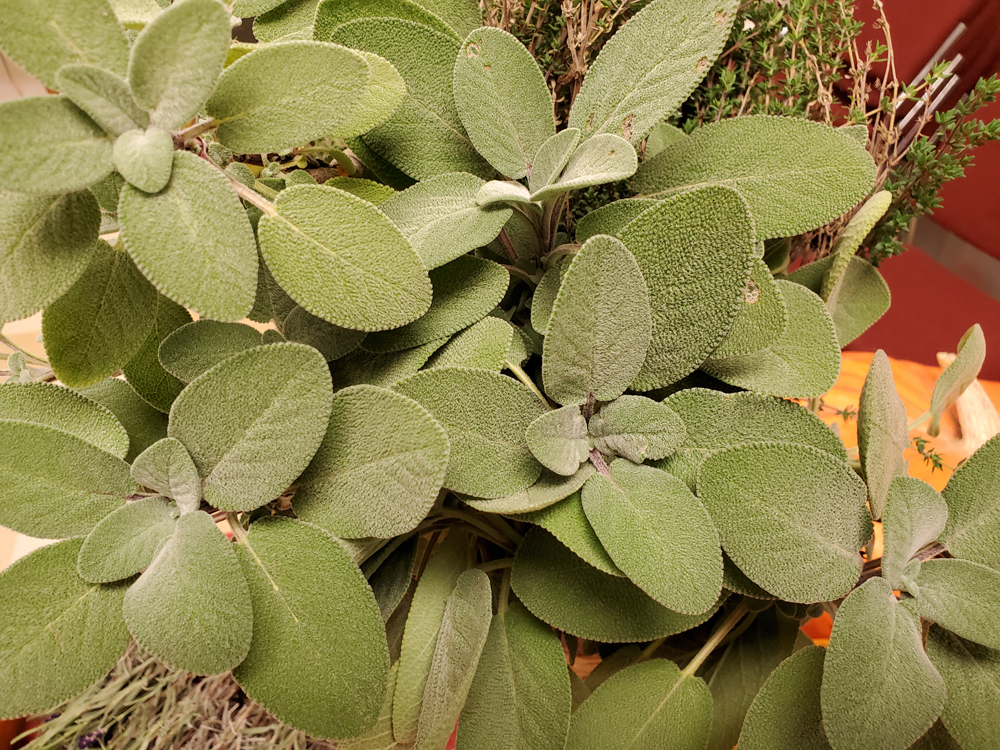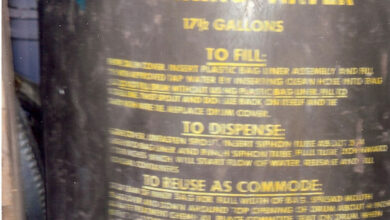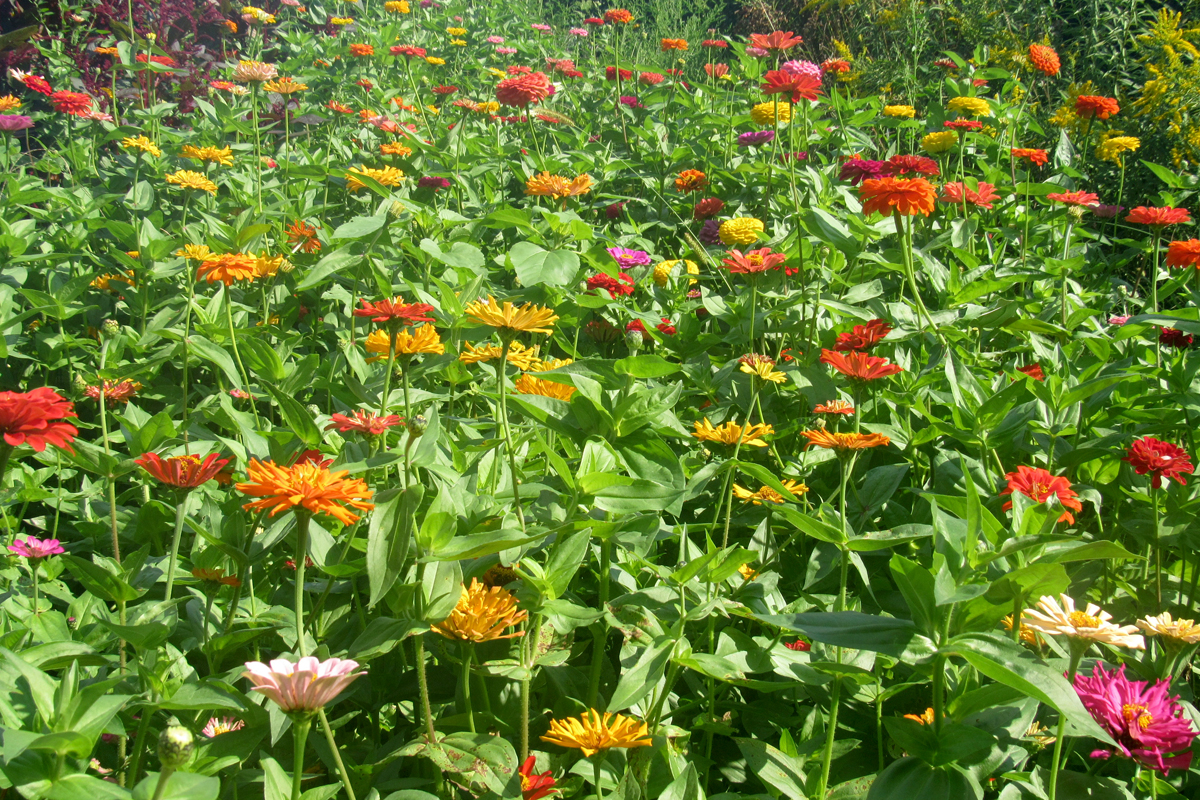The season for sage

Culinary sage (Salvia officinalis) plays a big role in holiday meals. Sage dressing with turkey at Thanksgiving and Christmas is an American tradition. This aromatic herb is a member of the mint family and is native to the northern Mediterranean. Common names include culinary sage and common garden sage. This beautiful plant is at home in the herb garden, perennial border, and in containers, both indoors and out. The leathery foliage is gray-green and stems become slightly woody with age.
In the garden, sage grows best in sunny locations and well-drained soil. You can grow sage from seed, but transplants will allow for an earlier harvest. Frequently cutting sage encourages strong new growth.
There are cultivars of sage with stunning variegated foliage colors – ‘Berggarten’ has large, dusty blue-green leaves; ‘Tricolor’ has red, white, and green leaves; ‘Purpurea’ has purple leaves, and ‘Icterina’ has yellow-edged green leaves.
According to Susan Mahr of the University of Wisconsin at Madison, sage is often mentioned as the herb of immortality, domestic virtue, health, and wisdom. It was used by the Romans as a sacred ceremonial herb and has been cultivated in Europe for centuries for both culinary and medicinal purposes.
If you plan to harvest the leaves for cooking, it is best not to let the plant go to flower. The flowers, however, are lovely and attract pollinators. Common sage blooms in early summer with bluish-lavender to pink-lavender flowers borne in whorls on short, upright flower spikes. Although it’s not a native plant, the flowers attract bees, butterflies, and even hummingbirds, Mahr notes.
Sage does not have many pests, especially when grown in well-drained soil. Good air circulation will reduce any potential problems with foliar diseases. Slugs, spider mites, root rot, and wilt can sometimes be a problem.
Don’t limit yourself to using sage just for turkey dishes. Sage makes a great ornamental plant in your garden and in containers. The leaves can be up to five inches long and contrast beautifully with other foliage and blossoms. It is beautiful in floral arrangements and as a garnish and can also be used in herb wreaths and swags, which can be assembled while the herbs are fresh and then hung for decoration as the herbs dry. The dried sage and other herbs can later be used in recipes.
In other countries, it is common to find sage used in a variety of sauces, especially with fatty meats. It is also used in chicken and fish dishes, in salads, and in herb butters.
Right now, my sage is holding up well following the first hard frosts. It is great to have a supply of fresh sage for holiday meals and decorating. It is hardy to zone 4. Sage tends to be a short-lived perennial, so it is best to plan to replace it every few years.





